With frame 59 x 67,5 x 6 cm
Signed and dated lower right. Small slit in the canvas at the bottom right
He began painting at the Académie Julian to move in 1900 to the Atelier of Marcel-André Baschet and later to the Ecole des Beaux Arts by Jean-Léon Gérôme. Renoir's friendship frees him from academicism and Impressionism influences the landscapes that, starting in 1903, he sent to the Salon. He is present at the Salons de la Societé Nationale des Beaux-Arts, at the Salon d’Automne, at the Salon des Tuileries. His temperament asserts itself with a rich and sensual material. The stay in Tunis in 1914 gives his works a greater brightness. After the war, during which he made numerous drawings, he painted clear landscapes in the Ile-de-France, in Touraine, in Provence, but also interiors and flowers. Painter of the Ecole de Paris group, in 1937 he received the Grand Médaille at the International Exhibition in Paris. He works as a teacher at a free academy in Montparnasse. In 1950 he was appointed officer of the Legion of Honor. In addition to his paintings, he performs various wall decorations: the ceilings for the steamer Normandie; the refectory of the Lyceum of Vincennes; the prefecture of Indre-et-Loire in Issoudun; the Town Hall of the 14th arrondissement of Paris. He has illustrated numerous literary works, remember: Paul Verlaine's Romances sans paroles, Jean Tinan's Un document sur l 'impuissance d' aimer; Histoire de Douce Amie by J.C. Mardrus; Colette's La Chambre éclairée; Pièces condamnées by Baudelaire; Maeterlinck's Le Bourgmestre de Stilmonde; Georges Duhamel's Le Prince Jaffar; Kir Nicolas by Panait Istrati; Livre d’Amour by Charles Vildrac.
The painting is in good condition.
We remain at your disposal for further information.



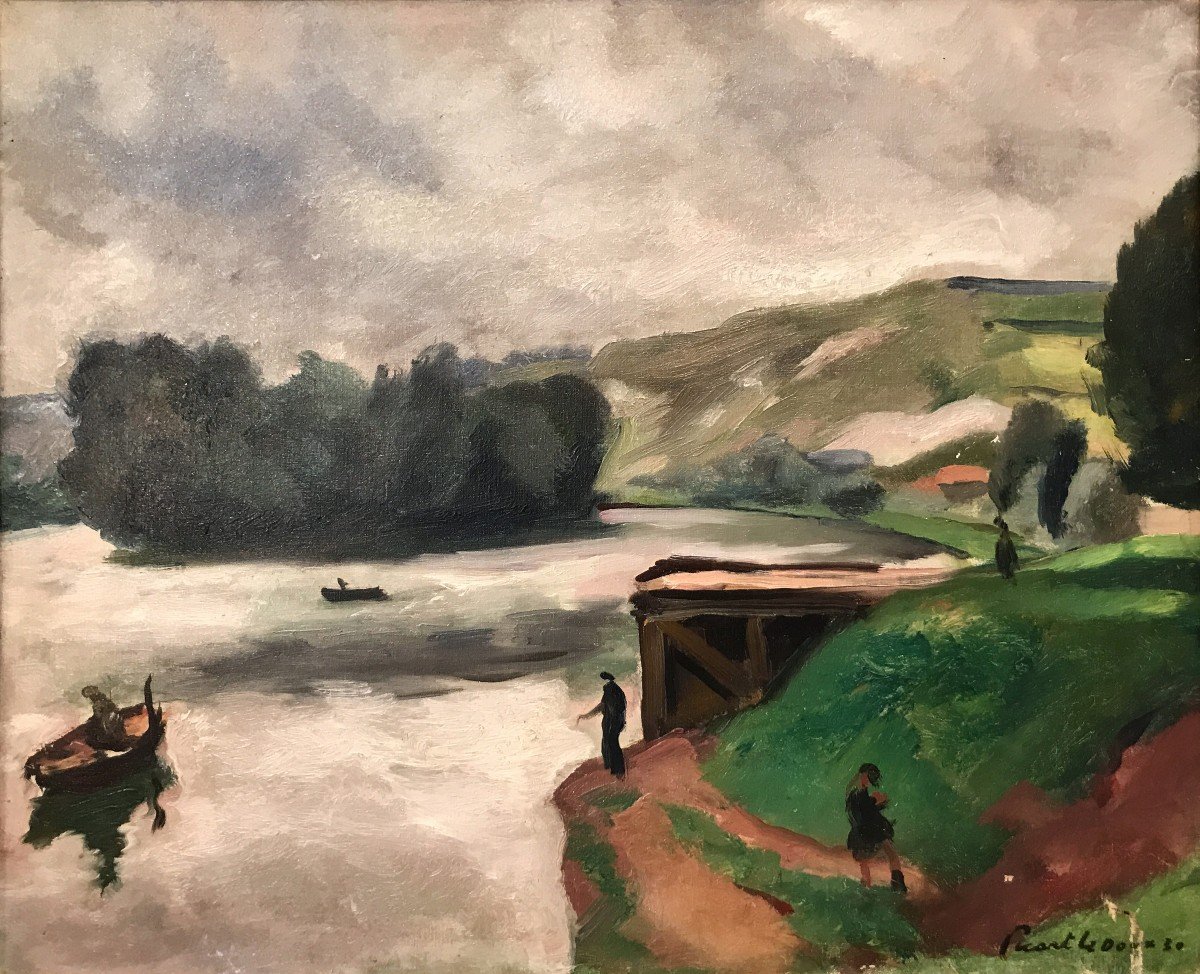


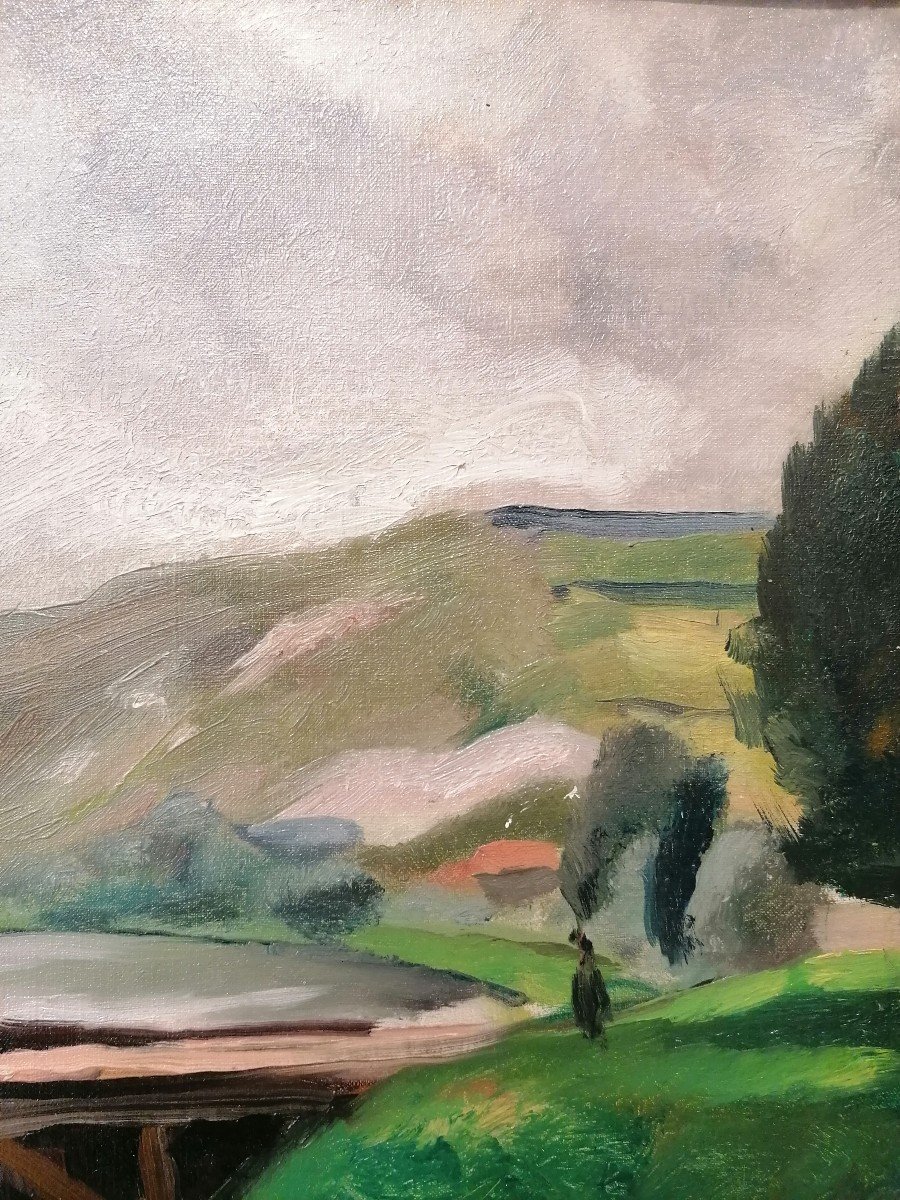
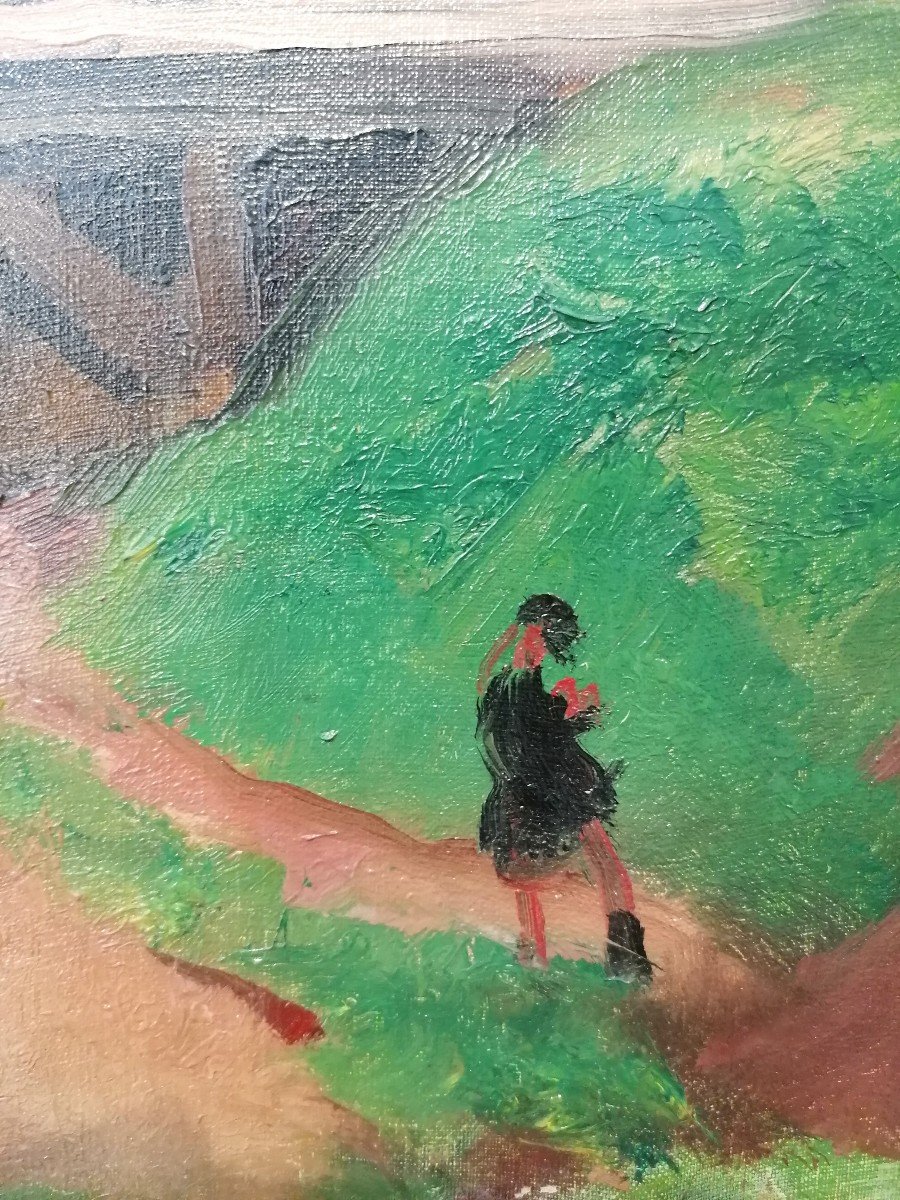

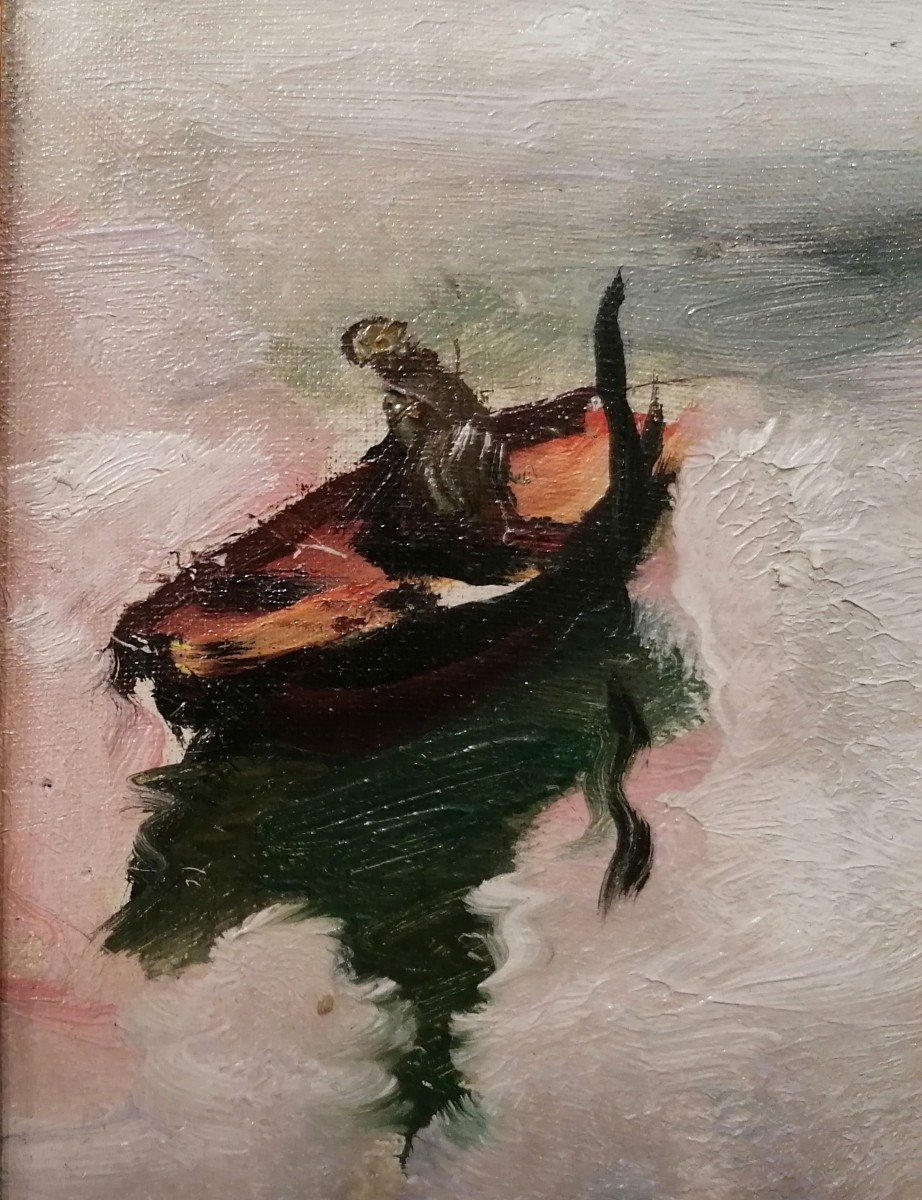


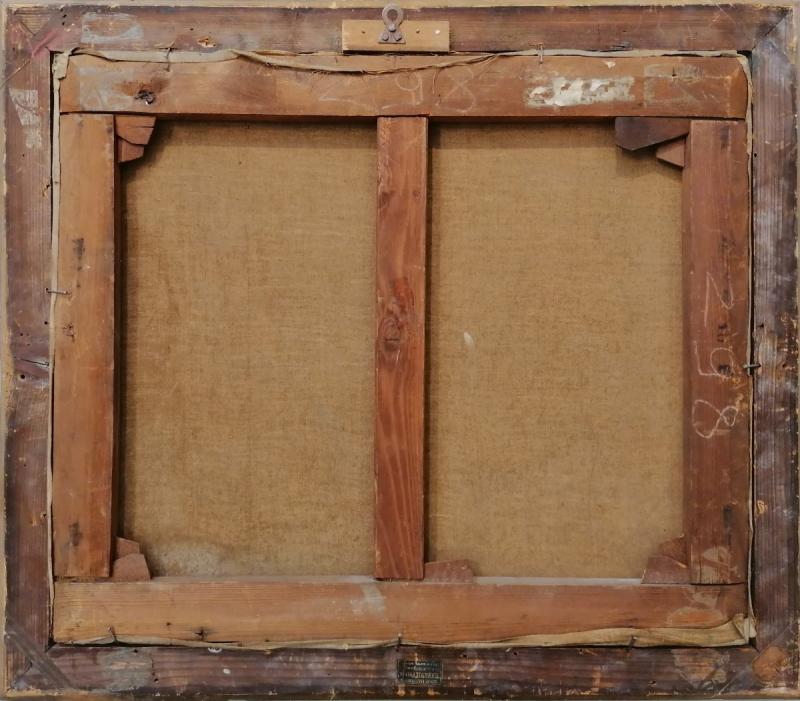






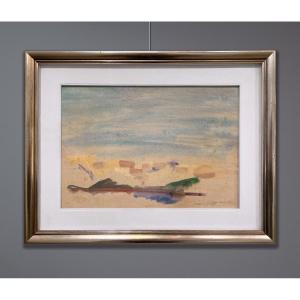

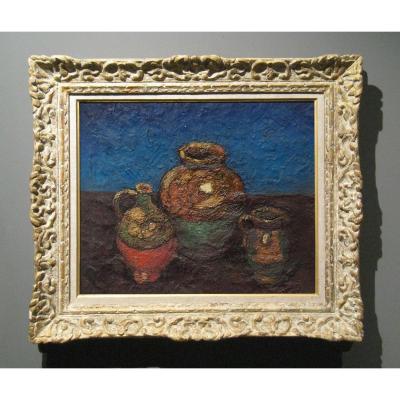



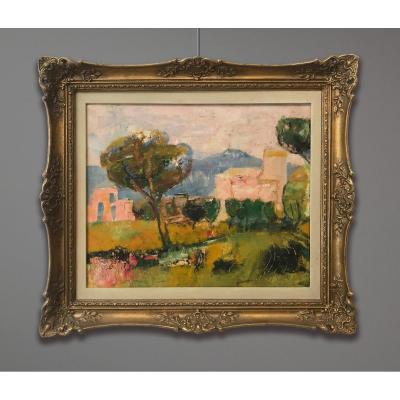


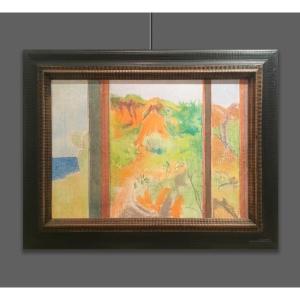

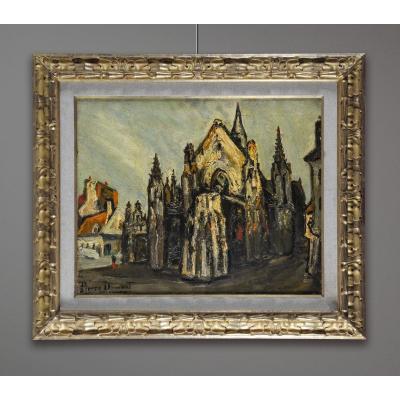






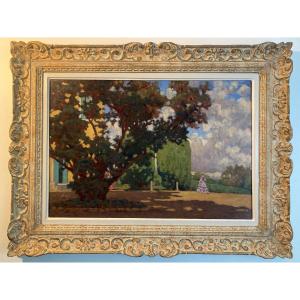




 Le Magazine de PROANTIC
Le Magazine de PROANTIC TRÉSORS Magazine
TRÉSORS Magazine Rivista Artiquariato
Rivista Artiquariato